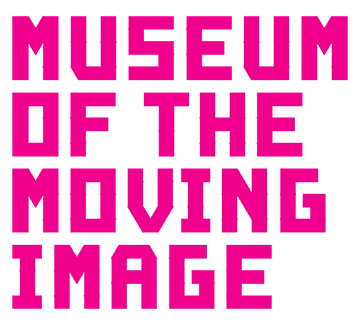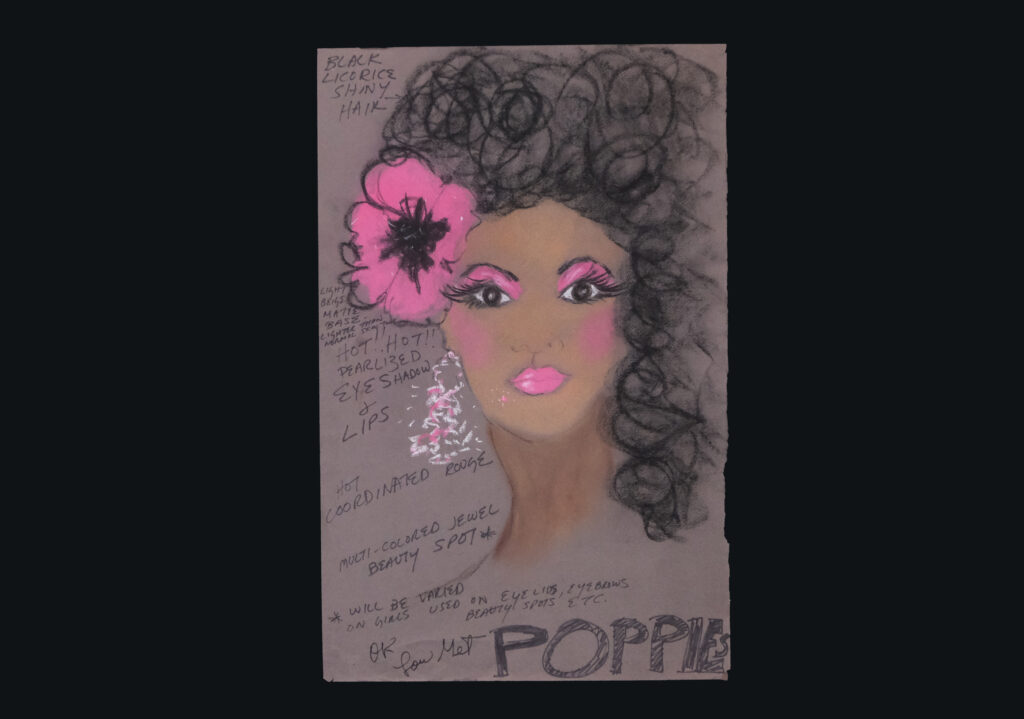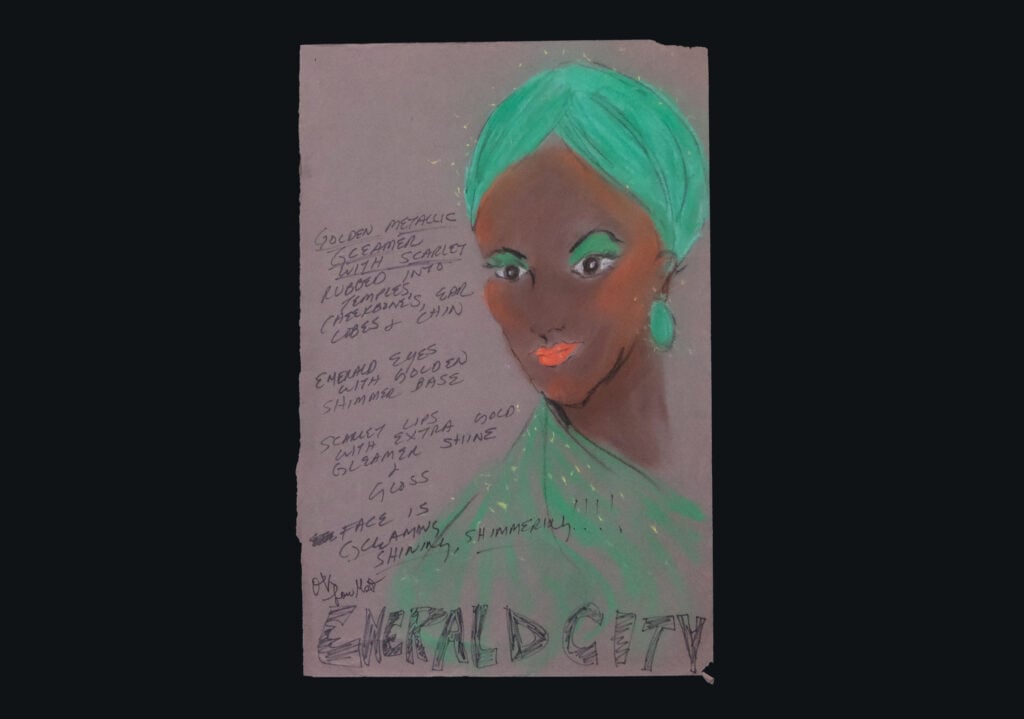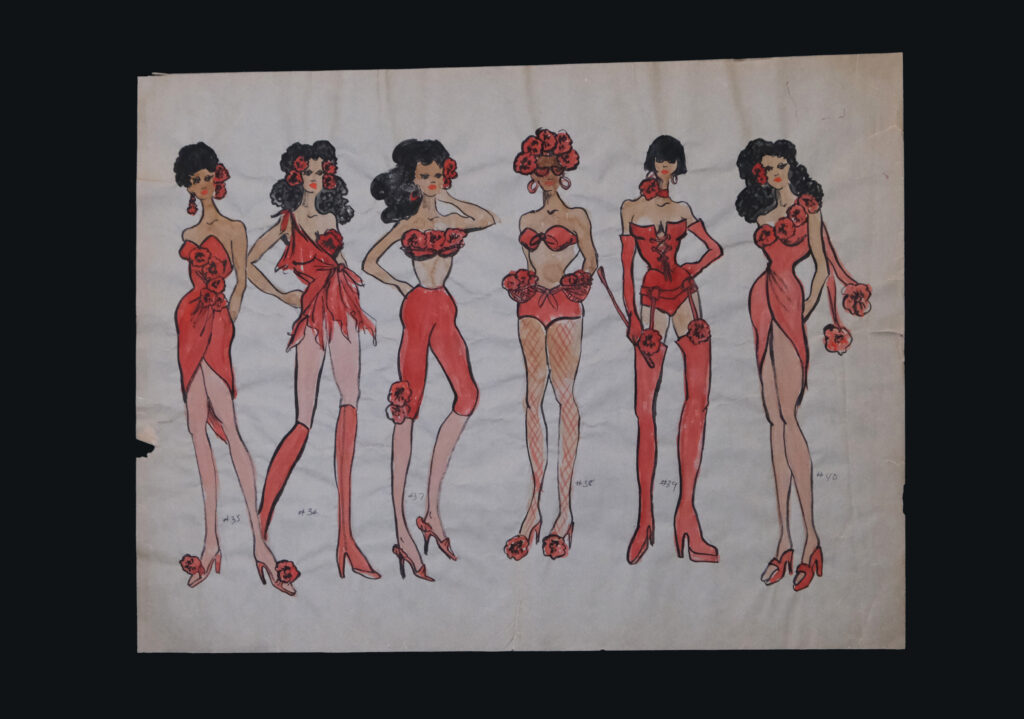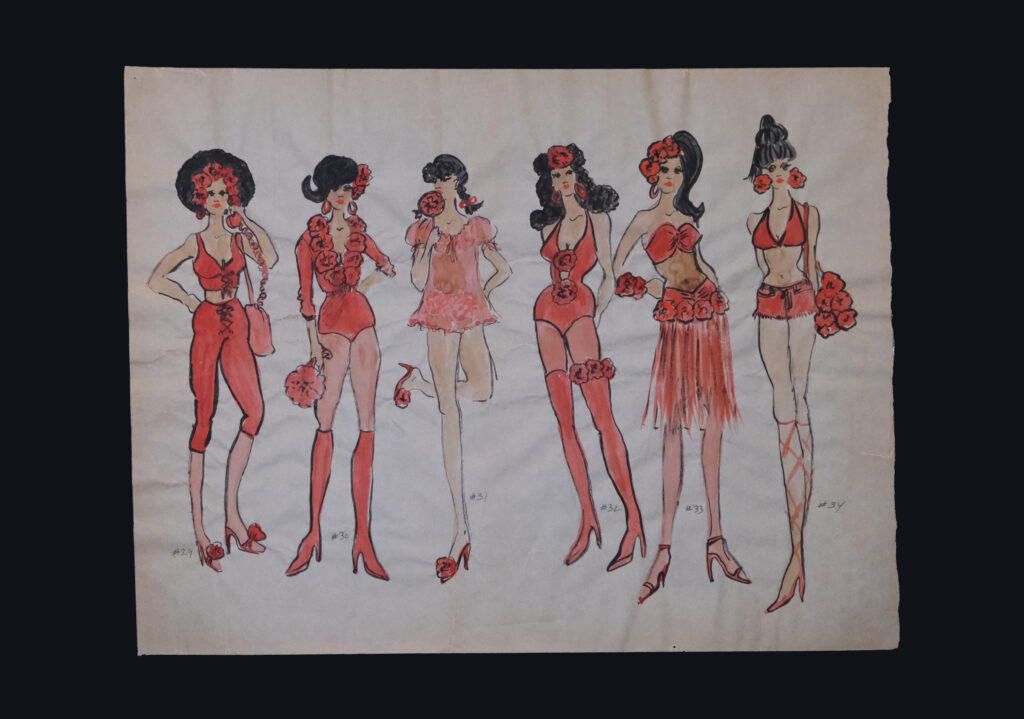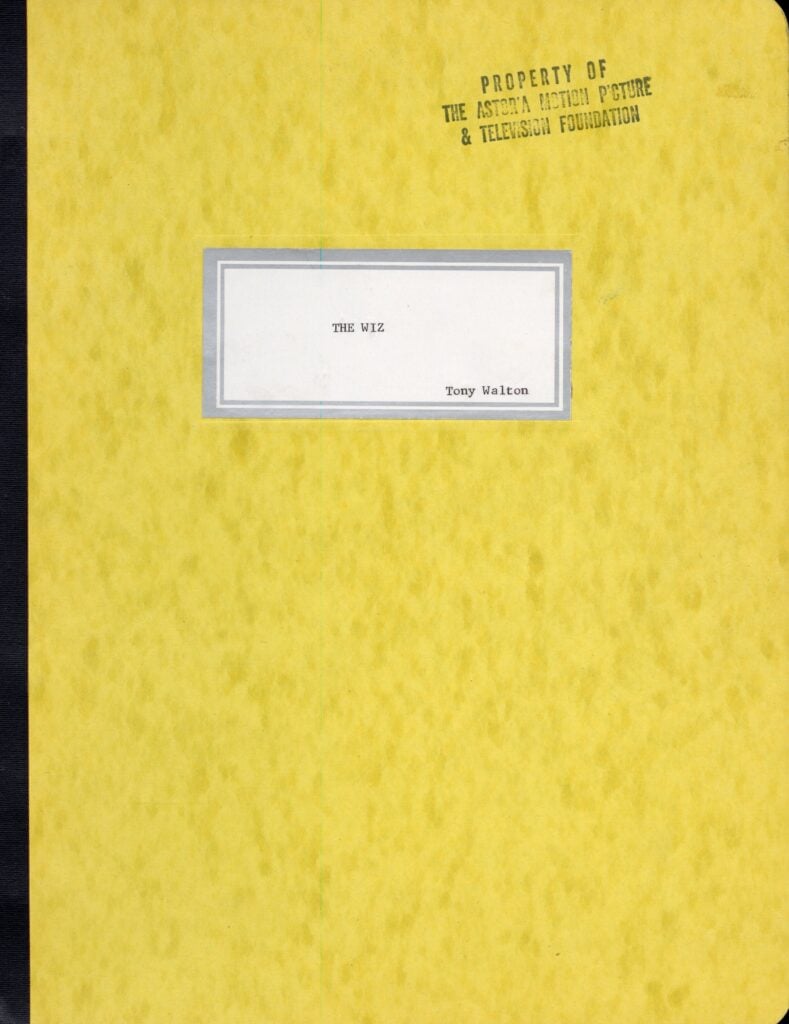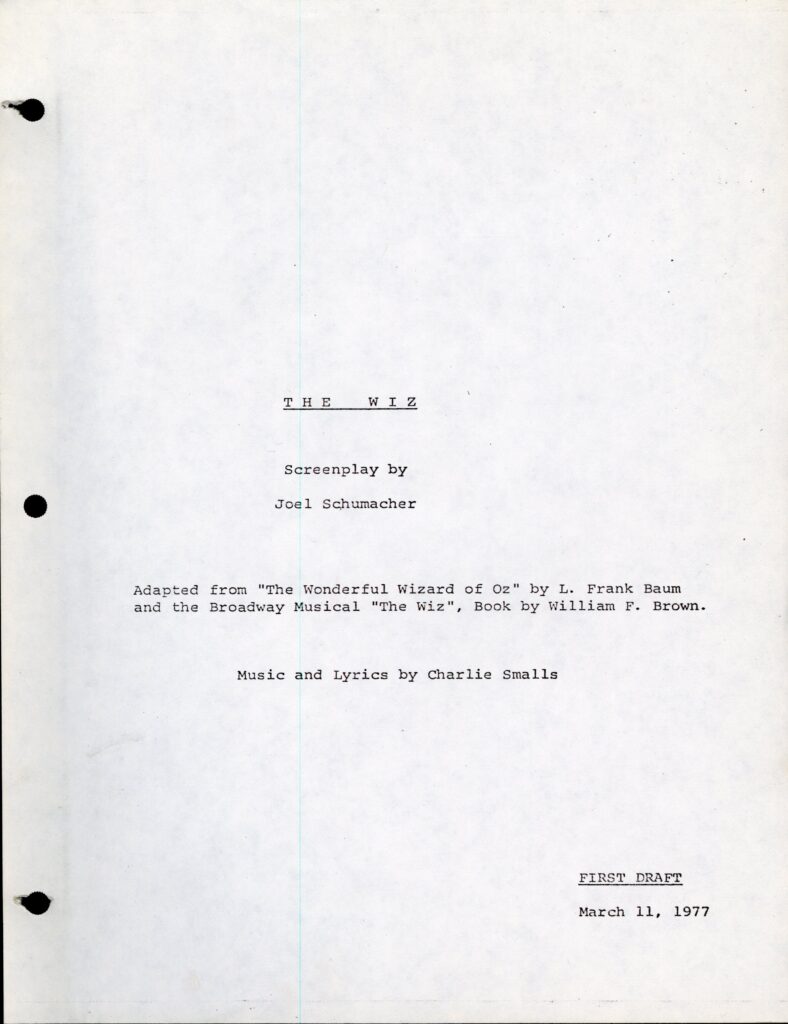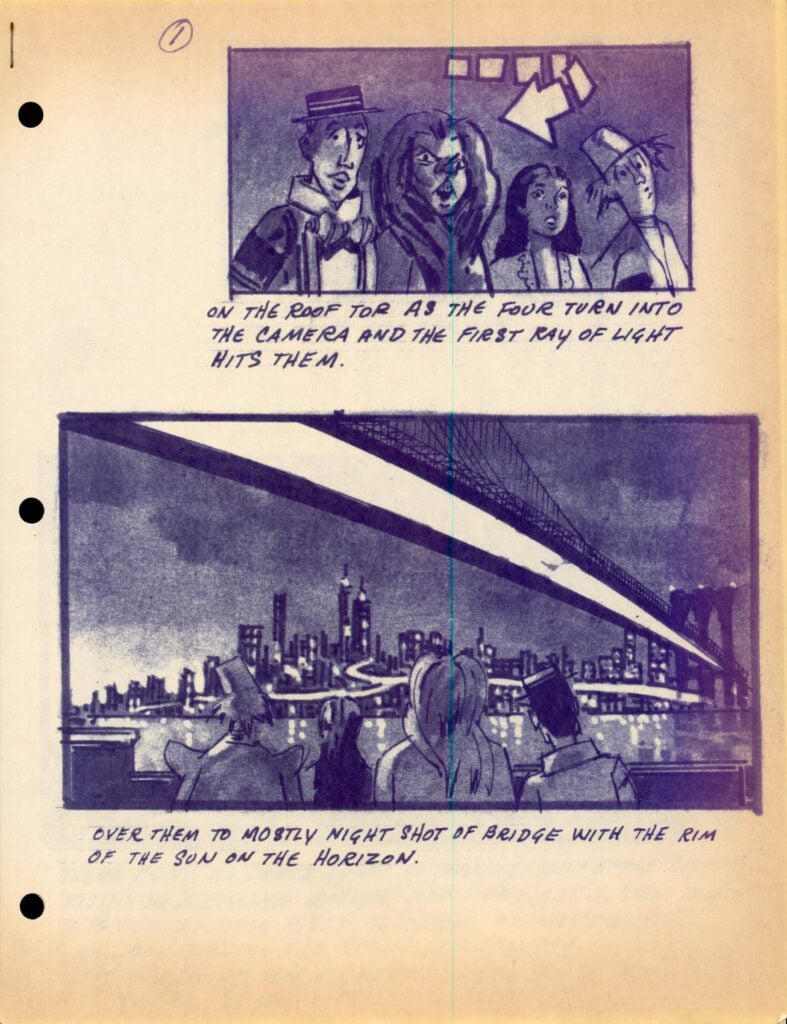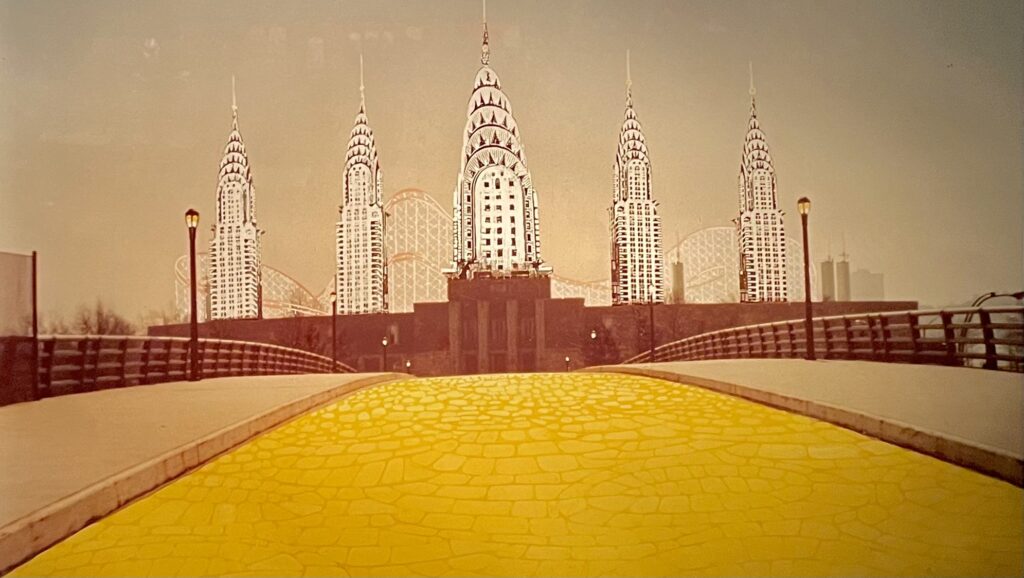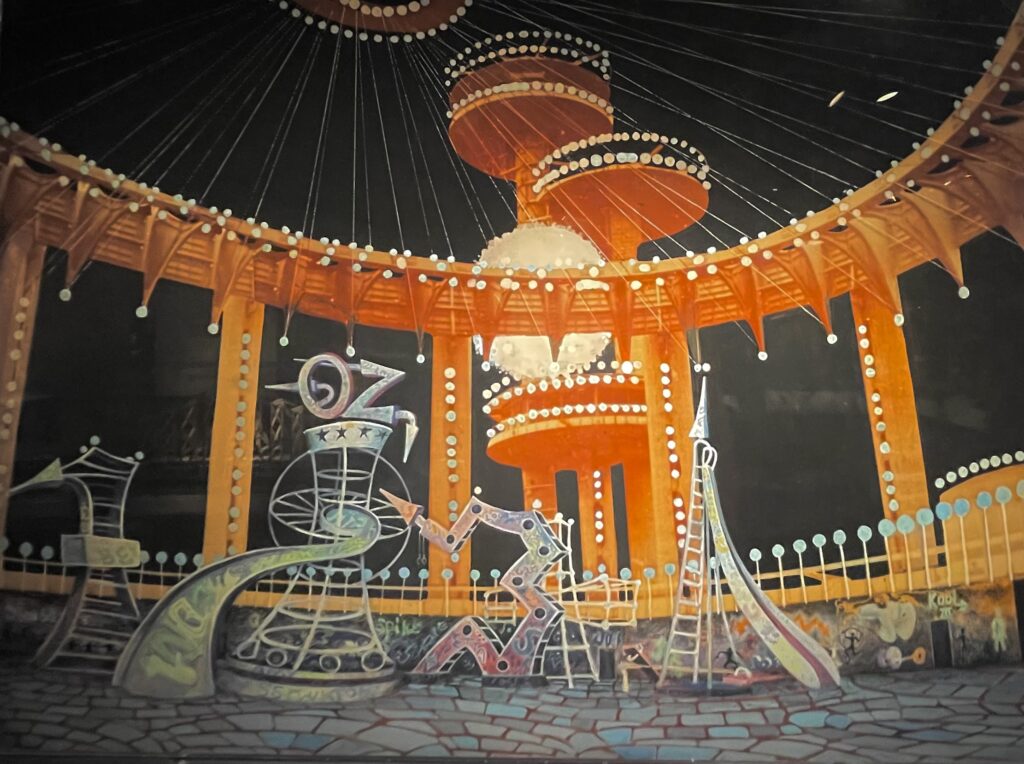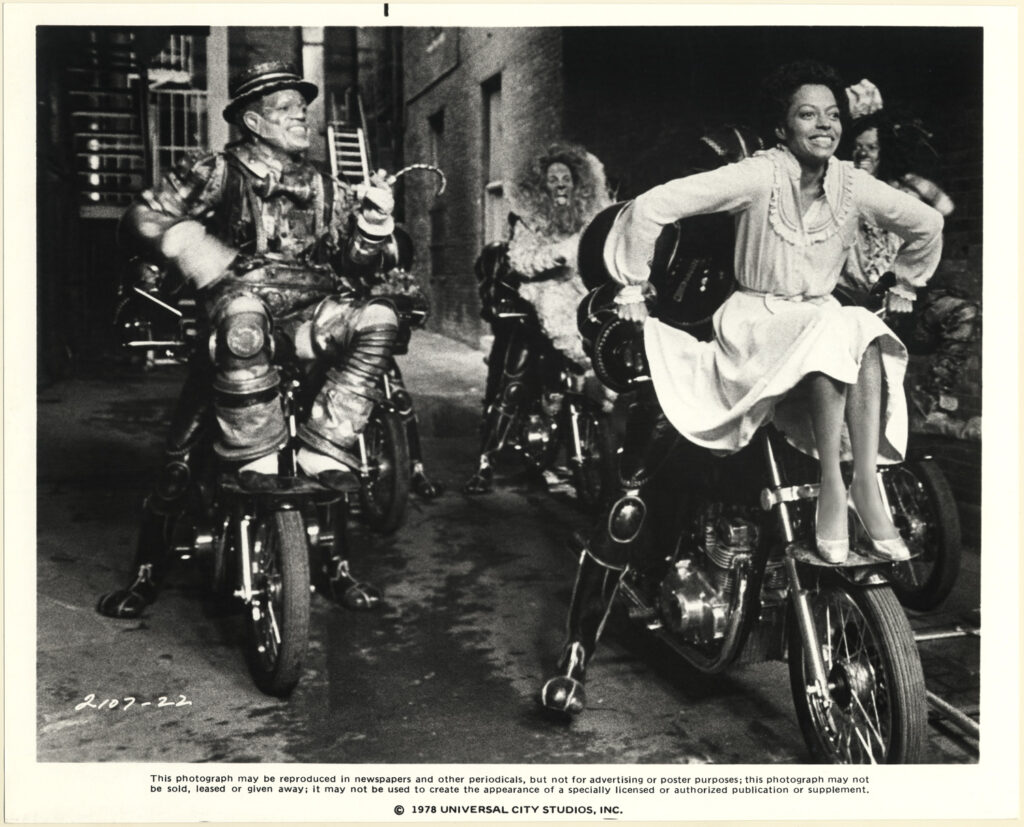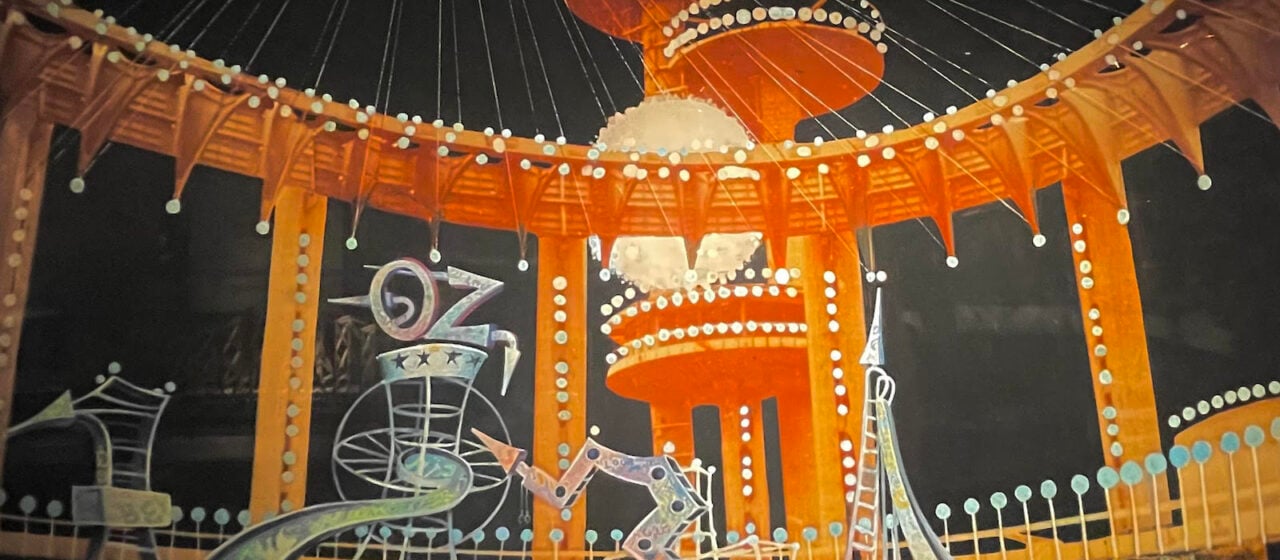
The Wiz and the Founding of Museum of the Moving Image
In the decades since its release, Sidney Lumet’s The Wiz (1978) has come to be among the most cherished movies of its era. Boasting dazzlingly elaborate sets and showcase performances by an extraordinary array of superstars such as Diana Ross, Michael Jackson, Lena Horne, and Richard Pryor, the Universal Pictures release translated the Tony-winning, all-Black-cast Broadway adaptation of The Wonderful Wizard of Oz by composer and lyricist Charlie Smalls and writer William F. Brown into a mischievous, marvelous musical extravaganza for the screen. You can count Museum of the Moving Image among the film’s countless fans, and not just because we love it: the production of The Wiz is essential to the story of the Museum’s very founding.
The Wiz was filmed at the Astoria film studio at 35th Avenue and 36th Street, the current site of Kaufman Astoria Studios, which is right next door to Museum of the Moving Image. New York’s grandest movie studio opened in 1920, built as the East Coast operations of Paramount Pictures, then still known as Famous Players-Lasky. The now mythic site of classic silent films and talkies made until the early thirties, when Paramount shuttered it during the Great Depression, the Studio went through many permutations through the decades, including being used for scrappy independent productions and by the U.S. Army Signal Corps beginning in WWII. By the mid-1970s, when New York City went bankrupt and neighborhoods throughout the five boroughs were plagued by socioeconomic pain, the Studio had been abandoned and left a husk of its former self. However, community leaders and trade unions worked together with Queens Borough President Donald Manes and Deputy Borough President Claire Shulman to ensure the restoration of the site.
In 1977, the Astoria Motion Picture and Television Foundation (AMPTF) was born from their efforts, which led to the successful campaign to designate the Studio building a National Landmark. Thanks to the New York State Council on the Arts’s support in restoring the Studio’s main soundstage, the doors were opened and several major film productions were shot there. The biggest and most visible during this renaissance period was The Wiz.
Lumet’s adaptation, with its massive Emerald City and dazzlingly bright Yellow Brick Road, became a kind of proof of concept, demonstrating the viability of an almost sixty-year-old Studio as a site for major productions, and thus kickstarted the rejuvenation process that ultimately led to its major redevelopment by George S. Kaufman, resulting in a dramatic and exciting new era for the studio—now the Kaufman Astoria Studios—that persists to this day.
Crucially, this also allowed for the possibility of something more: a new museum devoted to the moving image. In addition to reviving New York’s most famous abandoned motion picture studio, the goals of the AMPTF’s founders included creating a “Museum of Motion Picture and Television Technology” on the same site. Wrote cinema scholar Richard Koszarski, who as a recent Ph.D. had worked on this initial Museum project in the early stages, “Rumor had it that the deserted studio was stuffed with valuable artifacts and memorabilia, but in reality, the facility had already been stripped . . . So in order to create interest in this imagined museum we first needed to occupy our own space in the main studio building—the only habitable structure on the site—which we “decorated” with donated furniture and scavenged props from The Wiz (our first acquisitions!), all displayed on upended apple cartons.” It would be another decade before the Museum, supported by the city, opened its doors as the American Museum of the Moving Image, extending the legacy of the Astoria Studio site even further.
In 1981, production designer Tony Walton donated a trove of hundreds of objects from The Wiz to the Museum’s permanent collection, including costume maquettes, set models, scripts, storyboards, photographs, title designs, costumes, props, and more. Some of this material is on view in the Museum’s core exhibition Behind the Screen.
The production of The Wiz is fondly remembered as a touchstone of its era by many who worked at the Astoria Studio in the late seventies. Recalls Polly Wood-Holland, of United Scenic Artists Union, “Just before The Wiz started construction, I walked through the big soundstage with the designer, Tony Walton, and some production people. It must have been early 1977, and had been clearly left by the Army—largely painted green, and here and there were barrels of air raid crackers, and I remember the full-size wing of a fighter jet in a corner… During the filming, I worked in a specialty scenic shop off the main stage (Eoin Sprott Studio), where we constructed the special effects props for The Wiz.”
The young scenic designer Beverly Miller, who later would become President of the Scenic Artists Union, recalls about the production of The Wiz, “I was truly overwhelmed…the amount of crew and scenery filled every space. To see all these departments working together was a choreographed stage show… I was assigned to sculpture, which was a fabulous opportunity for me. We had some difficulties with materials and ventilation, but this was sorted out and we produced amazing gargoyles and sculptures for the set. I volunteered to go up in a Captain’s Chair to do touch up on gargoyles! It was a thrilling event for the task and the view of the entire set below me.” The dancer-performer Renée Brailsford, who performed in The Wiz and currently lives in Astoria, also remembers the production with fondness, telling us “I was overjoyed while working as a dancer in The Wiz. I learned vastly from Diana Ross and Michael Jackson about dance as an art form. I treasure those memories.” Brailsford has remained a friend of the Museum, visiting us for workshops and talks about her experience, and creating a bridge between past and present for contemporary fans of the film.
And those fans remain legion. The Wiz has only grown in popularity over the decades. This is due partly to the iconic music by Charlie Smalls, including such unforgettable Broadway-meets-R&B songs as the grooving “Ease on Down the Road” and the climactic ballad “Home”; to the virtuosity of its superstar cast; to the film’s dazzling sets and costumes; to the sensitivity and authenticity of its cultural specificity as one of the small handful of major-budget Hollywood films with an all-Black cast. The musical’s popularity seems undying: in 2015, Stephen Sondheim said it was his favorite show he didn’t write; a live television version of The Wiz appeared on NBC with Stephanie Mills, Queen Latifah, and Mary J. Blige; and a new Broadway version is set to appear onstage in spring 2024.
The Museum is proud that the musical’s journey to the screen began right here in its Astoria backyard. Below check out a gallery of some of the amazing artifacts from The Wiz in the Museum’s permanent collection.
